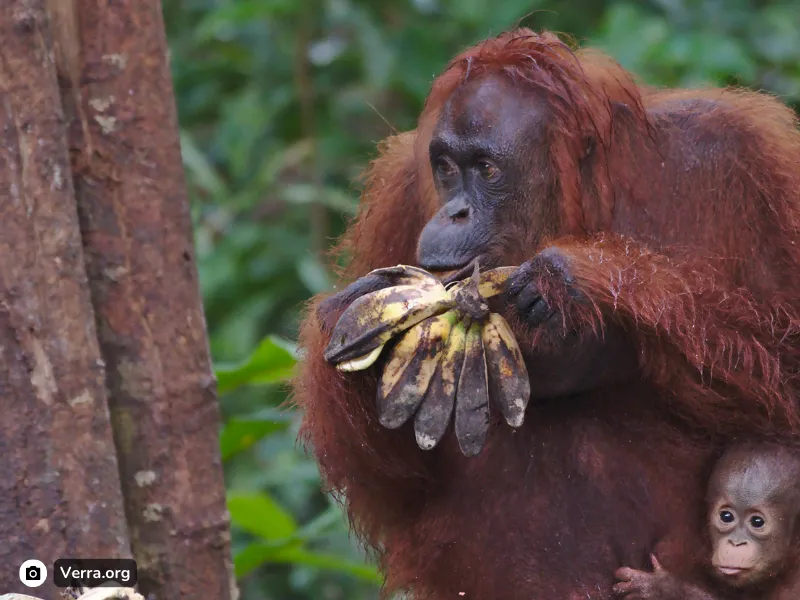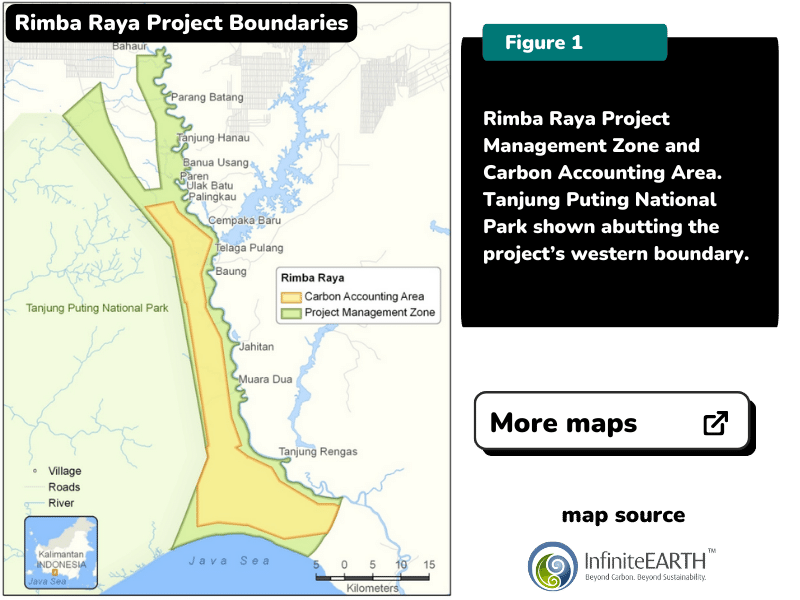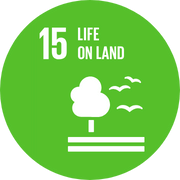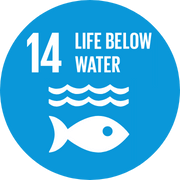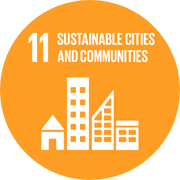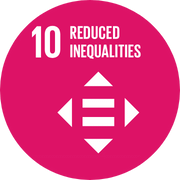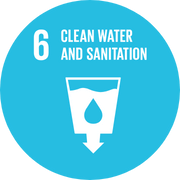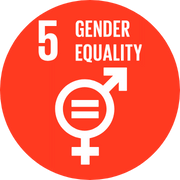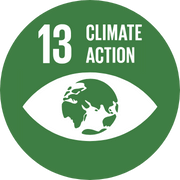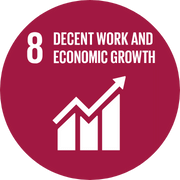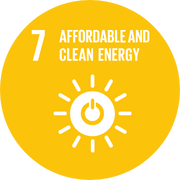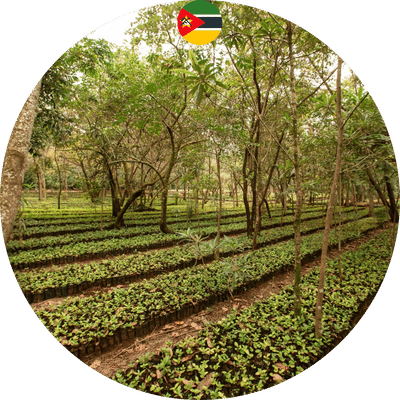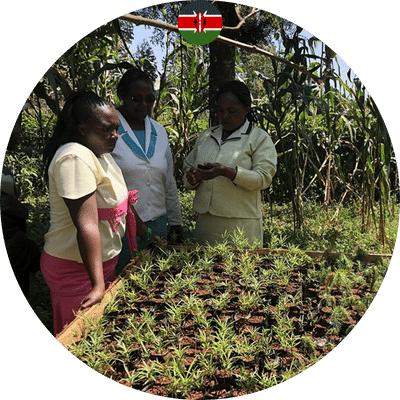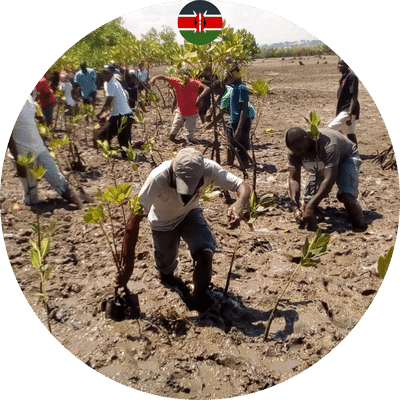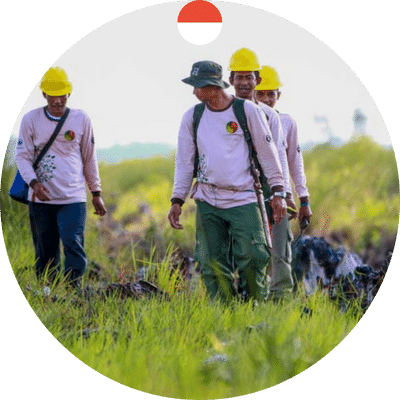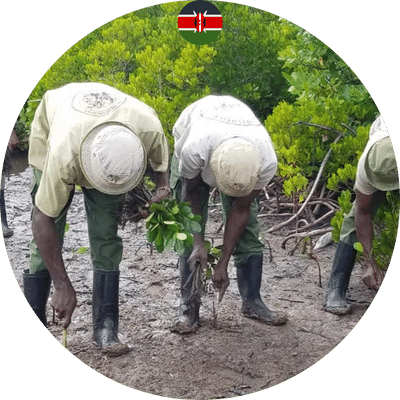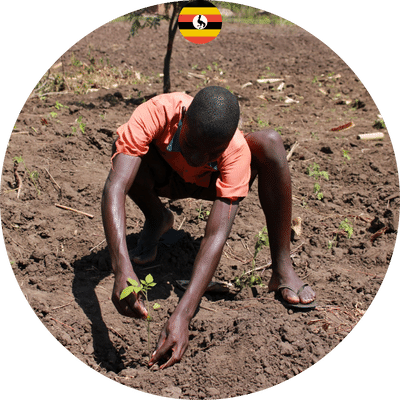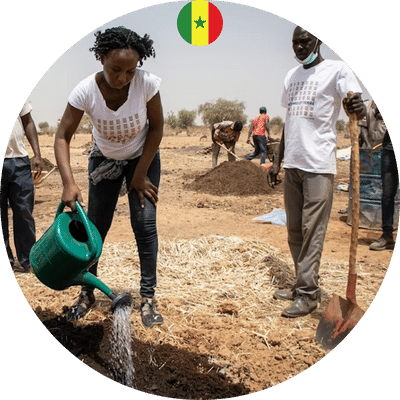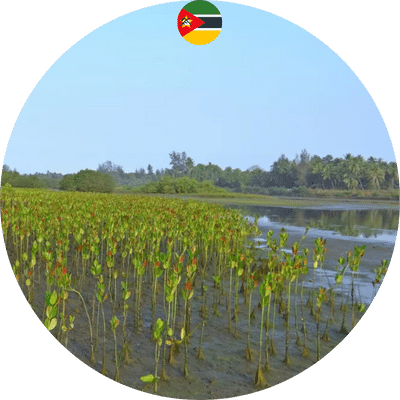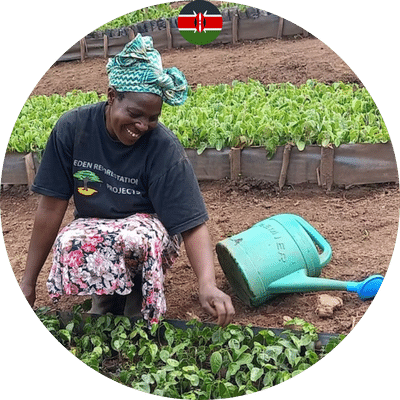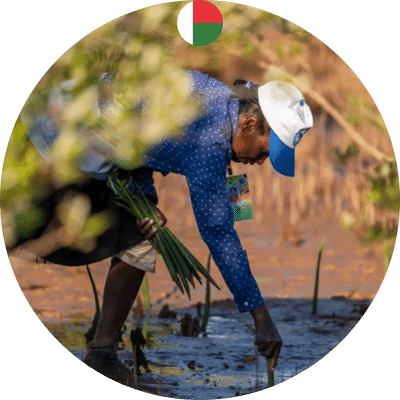Rimba Raya Biodiversity Reserve Project
Project details
The Rimba Raya Biodiversity Reserve Project, an initiative by InfiniteEARTH, aims to reduce Indonesia’s emissions by preserving some 64,000 hectares of tropical peat swamp forest. The project is validated by Verra and has achieved the premier standard SD VISta.

Project location
Situated in the Province of Central Kalimantan on the island of Borneo, Indonesia, the reserve serves as a vital protective zone against the detrimental impact of expanding palm oil plantations. These plantations have caused significant damage to the local forests, disrupting both communities and wildlife that rely on this ecosystem. The project plays a crucial role in safeguarding the Tanjung Puting National Park, which houses the renowned Camp Leakey research center. Bounded by the Java Sea to the south and the Seruyan River to the east, the reserve provides a much-needed buffer against further environmental degradation in the region.
The Rimba Raya Biodiversity Reserve encompasses an area nearly equivalent to Singapore (64,500 hectares), Within this vast expanse, an astounding 1,000 plant and animal species per hectare thrive, making it one of the most endangered ecosystems globally. This location is pivotal, as Borneo’s rainforests are renowned for their extraordinary biodiversity, housing endangered species like orangutans, pygmy elephants, and countless plant and insect species.
Project objectives
The project’s primary focus lies in environmental conservation, community outreach, and climate control initiatives. Serving as a refuge for one of the last remaining relic populations of wild orangutans, Rimba Raya proudly holds the title of the world’s largest privately funded orangutan reserve.
Moreover, this expansive region stands as one of the world’s largest repositories of carbon, and Rimba Raya takes the lead as the globe’s largest REDD+ project—Reduced Emissions from (Avoided) Deforestation and Degradation (REDD). The visionary project developer, InfiniteEARTH, has been at the forefront of industry innovation, presenting the world’s inaugural REDD (forest carbon accounting) methodology back in 2009.
Project benefits
The Rimba Raya Biodiversity Reserve Project was initiated in the early 2010s, driven by a growing recognition of the urgent need to address deforestation, biodiversity loss, and climate change in the Borneo region. The Rimba Raya Biodiversity Reserve Project has made significant progress in protecting and restoring the peat swamp forests of Borneo. The reserve is now home to a healthy population of orangutans, clouded leopards, and other threatened species. The peatlands are also being actively restored, to increase their capacity to store carbon and regulate water flow.
At the core of Rimba Raya’s mission is the preservation of biodiversity. The project aims to safeguard the habitat of numerous endangered species, promoting the coexistence of flora and fauna within this fragile ecosystem. By establishing protected zones and wildlife corridors, the reserve ensures the survival of iconic and threatened species.
Recognizing the critical role of tropical forests in sequestering carbon dioxide, Rimba Raya focuses on preventing deforestation and degradation. Through sustainable land-use practices, the project actively contributes to climate change mitigation by avoiding the release of large amounts of carbon into the atmosphere.
Rimba Raya recognizes the importance of involving local communities in conservation efforts. The project works closely with indigenous and local communities, providing alternative, sustainable livelihoods that do not rely on destructive practices such as logging or palm oil cultivation. This not only supports the communities economically but also fosters a sense of ownership and commitment to conservation.
Rimba Raya recognizes the importance of involving local communities in conservation efforts. The project works closely with indigenous and local communities, providing alternative, sustainable livelihoods that do not rely on destructive practices such as logging or palm oil cultivation. This not only supports the communities economically but also fosters a sense of ownership and commitment to conservation.
Methodology
Forest Protection involves the legal protection of forest lands, leading to reduced deforestation rates and the safeguarding of carbon sinks. This solution replaces non-protected forest land. Forests are essential for regulating the climate. They absorb carbon dioxide (CO2) from the atmosphere and store it in their biomass. When forests are cleared or degraded, this carbon is released back into the atmosphere as CO2, contributing to climate change. Project Drawdown estimates that Forest Protection could prevent up to 11.4 gigatons of CO2 emissions per year by 2050.
Sustainable Development Goals
When allocating our members’ funds, we’re committed to aiding in the Sustainable Development Goals set by the United Nations. Below are the SDGs acknowledged for this project.
Project Photos 📷
